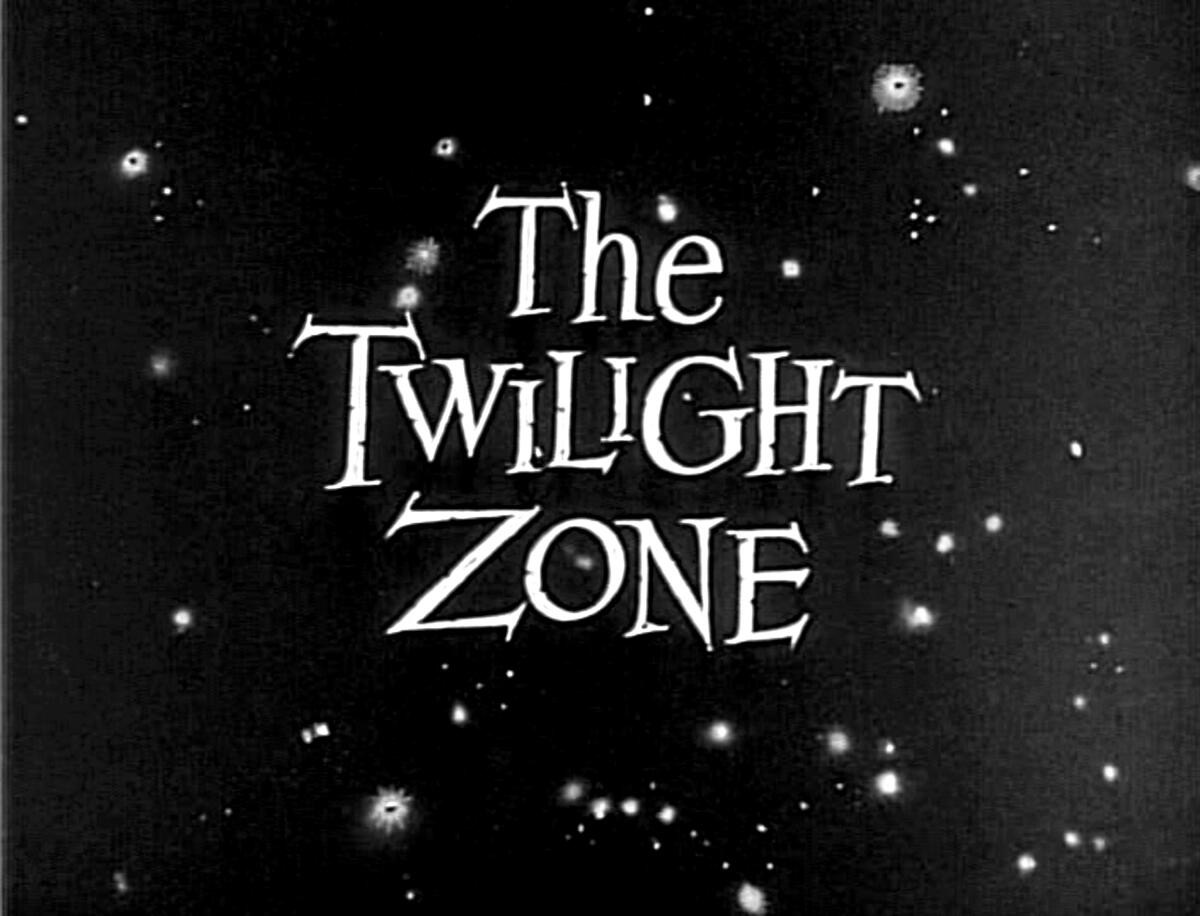In the golden age of television, few series have had the cultural and creative impact of The Twilight Zone. Debuting in 1959, the anthology series was the brainchild of Rod Serling, a master storyteller who used science fiction, fantasy, and horror as veils to explore deeply human — and often uncomfortable — truths. While the episodes varied wildly in setting and tone, what remained consistent was the strength of the writing. Every story was a self-contained parable, a mirror reflecting society’s anxieties, hypocrisies, and dreams.
What made The Twilight Zone special was its commitment to ideas. In a time when television was largely safe and formulaic, the show dared to be cerebral and speculative. Episodes like “Time Enough at Last,” “The Monsters Are Due on Maple Street,” and “Eye of the Beholder” tackled themes of loneliness, mob mentality, and superficiality with stunning clarity. The writing didn’t just entertain — it challenged viewers to think, to feel, and to reconsider the world around them.
Rod Serling, who wrote or co-wrote the majority of the episodes, deserves praise not just for his prolific output but for his sharp use of metaphor and irony. His scripts were moral puzzles — cautionary tales that questioned authority, morality, and even reality itself. He also had a deep sense of timing, knowing exactly when to twist the knife or reveal the punchline. His iconic introductions and outros, delivered in his distinct voice, gave each episode the gravitas of a modern fable.
But Serling was far from alone in crafting the magic. The show recruited a group of formidable writers who helped elevate it to legendary status. Among them were Richard Matheson and Charles Beaumont, two writers whose contributions gave The Twilight Zone its literary heft. Their work expanded the boundaries of what speculative fiction could be, bringing a distinct voice and unpredictability to the show that set it apart from anything else on TV.
Beaumont, in particular, brought a unique energy and style to his episodes. His stories often blurred the lines between psychological horror and social satire. In episodes like “Perchance to Dream” and “The Howling Man,” Beaumont explored the subconscious, madness, and the deceptive nature of good and evil. His writing wasn’t just clever — it was deeply philosophical, often pulling from his own fears and fascinations.
The beauty of Beaumont’s work was his ability to fuse intellect with unease. While Serling leaned into political commentary and Matheson explored the intimate and personal, Beaumont thrived in the surreal and symbolic. His episodes didn’t always provide answers, but they always left you changed. He challenged viewers to sit with ambiguity, a hallmark of mature storytelling that’s still rare in television today.
Tragically, Beaumont’s career was cut short by a rare and degenerative brain disease that struck while he was still in his thirties. His loss was profound not only to The Twilight Zone but to speculative fiction as a whole. Yet in the years he did write, Beaumont created stories that continue to resonate. His work was bold, poetic, and unsettling — everything The Twilight Zone aspired to be at its best.
Today, The Twilight Zone remains a blueprint for anthology storytelling. It wasn’t just a product of its time — it was a warning, a question, and an invitation to look deeper. As we revisit the strange and wondrous tales that defined it, we pay homage not just to a show, but to a daring group of writers like Charles Beaumont who challenged us to embrace the unknown.

